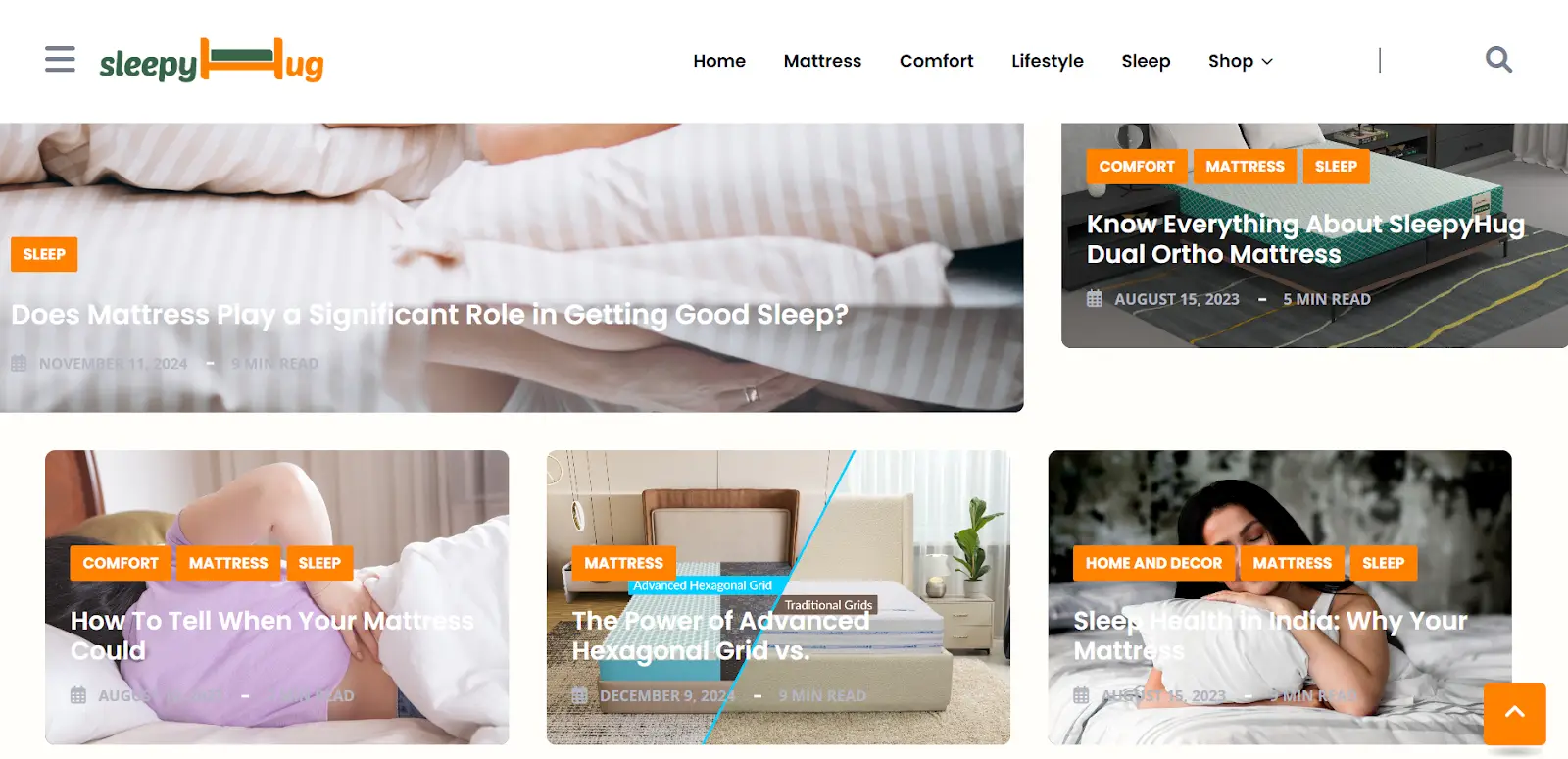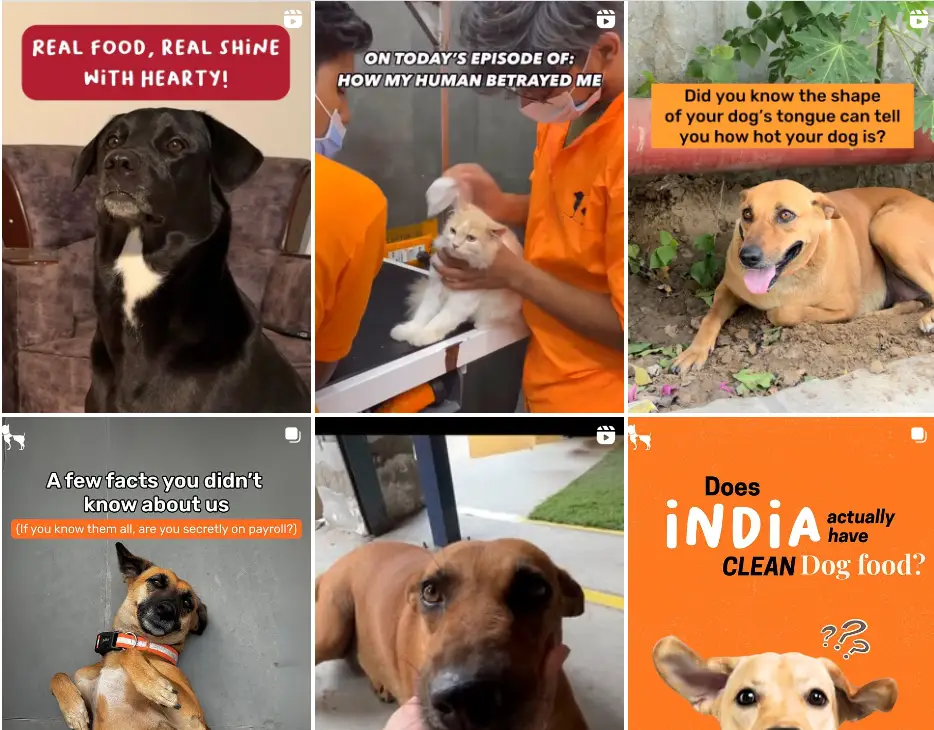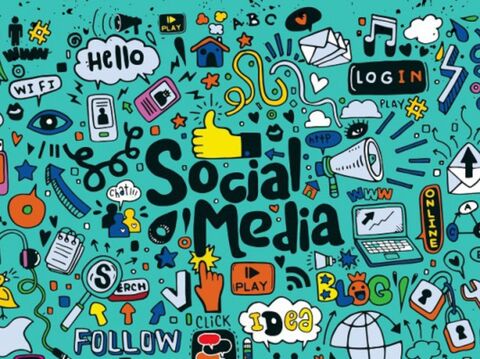AIDA Funnel Strategies for Engaging Potential Customers with Examples

Laura didn’t wake up one morning and randomly decide to buy an air purifier.
She was just scrolling through her feed when she came across a reel on indoor air quality. A day later, she noticed the same brand mentioned in a blog. She bookmarked it, checked reviews, compared prices, and finally, made the purchase.
While impulse purchases happen, most buying decisions are not made in a single moment. Your customers move through a journey. They notice a product, grow curious, build interest, weigh their options, and then act.
If your marketing doesn’t align with this, it falls flat.
One of the simplest ways to understand and structure this journey is through the AIDA funnel. It breaks down how people eventually decide to make a purchase and helps find what to say, when to say it, and how to keep them moving forward.
In this guide, we’ll explore the AIDA marketing model, breaking down its each stage with effective strategies you can use to make your funnel work effectively.
What is AIDA framework?
AIDA is a well-known modern marketing model that maps the steps someone takes from the moment they notice your brand to the moment they act on it. It has four core parts:
-
Attention: Grab your audience focus and make them aware about you
-
Interest: Build curiosity around your brand and make them hooked
-
Desire: Create a connection that makes them want what you offer
-
Action: Move them to take a specific action, like signing up or buying
Each stage reflects a shift in how someone thinks and feels as they move closer to a decision. At its core, AIDA funnel is rooted in the psychology of how people actually make choices.
Nobody would jump on making a decision at once. They progress from awareness to curiosity to emotional connection to final commitment. The AIDA model mirrors that process by recognising that attention comes before trust, and desire builds before action is taken.
Stage 1: Attention – Make People Stop and Notice You!
The Attention stage is where the funnel begins and often where most brands fall. It's because if someone doesn’t notice you, nothing else matters. In a time when people attention span is quickly shrinking and they are filtering out promotional noise, your marketing needs to earn attention with strategic disruption and creative relevance.
Your goal in the stage is to get seen and remembered, just long enough to earn a second click. Here are some strategies that can help out:
1. Create snackable content
Short, punchy, and easy to understand content works best whether it’s a 60-second video, a mini-infographic, a meme or a GIF post. With rising content overload, these kind of snackable formats help your audience learn something new fast.
Brands like Headspace[1] do this well, breaking down mindfulness tips into quick micro-videos for YouTube and Instagram that deliver instant value.

2. Hack a current topic or trend (Newsjacking)
Jump into industry trends or piece of news that’s already making the headlines. Strike with a strong POV through a blog, social media platform, or even X formerly known as Twitter thread.
When done right, it will lead to engagement and shareability both, quickly expanding your reach.
3. Use interactive elements
About 81% of marketers says interactive content grabs attention[2] more effectively than static posts. Even better, they come in different forms like calculators, gamified quizzes, polls on stories, or assessments to make your audience notice and interact with you.
For example, Nykaa regularly uses Instagram story polls and swipe quizzes to recommend beauty products based on user preferences. It helps turn casual scrollers into active participants while subtly showcasing their catalogue.
4. Write copy that leads with the problem
Open with something your audience is frustrated by or looking for. A line like “Still dealing with skincare that makes your face break out?” or “Tired of leggings that don’t survive one wash?” grabs attention fast because it hits a nerve. Now layer in curiosity or wit.
A line like “We fixed what your favourite shampoo brand won’t talk about” doesn’t just highlight the pain but makes people want to read more.
Stage 2: Interest – Keep customers hooked and encourage further engagement
Getting attention is only half the battle. The other challenge is turning that fleeting moment into continued interest. Many prospects drop off right after noticing you, so this stage is all about pulling them back in and giving them a reason to stay. It’s also where prospects evaluate whether you're worth their time.
To keep them moving, you need to show up with value at the right place without wasting a second. Here are a few strategies that work especially well at the interest stage:
1. Retarget with value-added assets
If someone checks out a social media post or blog, don’t show them the same thing again. Retarget them with a follow-up asset that builds on that interest like a downloadable template, a gated webinar clip, a short e-book related to what they already viewed.
2. Share educational content
At this stage, people are trying to figure out if your solution fits their needs. Create content that answers questions like “Will this actually work for someone like me?” or “How is this better than what I already use?” Webinars, teardown blogs, and real implementation guides work well here to position your brand as a helpful resource.

Brands like SleepyHug use blog posts comparing orthopaedic mattresses or showcasing how their technology works, clearing doubts and reinforcing buyer confidence.
3. Make use of real stories
Stanford’s Jennifer Aaker found that stories are up to 22 times more memorable than facts[3], highlighting their importance in building understanding and persuasion. So, use this to your advantage and share customer stories that highlight real challenges and wins.
Explain why your brand began and what it stands for. Add personal anecdotes from your team to humanise your company.
4. Launch a short-form series
Launch a short-form series like "5-minute weekly fixes," or "30 days of smarter ops". This gives people a reason to come back to your brand, helps you stay top of mind, and builds interest through momentum. Keep it focused on solving that issue that attracted them in the first place.

Heads Up For Tails runs LearnWithHUFT, an Instagram Reels series where each episode tackles a small, actionable topic, making viewers return regularly and reinforcing brand trust.
Stage 3: Desire: Time to turn interest into want
The Desire stage is where people shift from liking your brand to wanting what you offer. At this point, they’re aware of you, maybe even engaged, but still undecided. Your job here is to build emotional pull and practical conviction.
It's about showing that your solution isn’t just something of value for them but it’s desirable, trustworthy, and worth prioritising now. What matters most in this stage is credibility, urgency, and practicality.
Here's how you can do that:
1. Add urgency to encourage quick action
Use limited-time trials, early access, or exclusive discounts can nudge hesitant buyers to act. These tactics work because they reframe desire as something that could slip away if not acted upon.
Instead of seeing your offer as “always available,” people start viewing it as a rare chance that won’t wait around.
2. Collaborate with trusted voices
Nearly 69% of consumers trust influencer recommendations[4] more than brand messages. Influencers serve as authority figures who transfer their credibility to your brand. But reach alone doesn't matter when it comes to picking them.
Focus on creators whose audience overlaps with yours and who’ve built loyalty over numbers. Micro-influencers in specific niches often outperform celebrities in driving conversions.
3. Use one-to-one DMs or exclusive access
Luxury brands like Dior and Louis Vuitton are now using direct messages and "Close Friends" features on Instagram to offer early previews or personalised invites. You can do something similar send a brief DM invite or access to a private group. This will make your audience feel chosen and deepen desire by making your brand feel exclusive, not one-size-fits-all.
4. Show product in action within real-world workflows
Don’t just give them a demo but let people see how your product fits into their day-to-day work. For example, a video showing how someone uses your skincare routine before work or how a college student organises their day with your planner makes your product relatable and desirable.
Furthermore, you can also use interactive tools, like IKEA’s uses AR feature to customers see how furniture fits in their space, to turn curiosity into tangible desire.
Stage 4: Action – Remove friction and ensure a smooth experience
The action stage is where attention turns into revenue, but even small obstacles can cost you the sale. Your priority now is to make the final step as effortless and reassuring as possible.
Whether your buyer is an enterprise decision-maker or an online shopper, they expect a smooth and safe experience. Here are some strategies to optimise this stage:
1. Simplify the checkout and use exit-intent triggers
No need to ask for more than what’s essential during checkout. Minimize clicks, remove redundant fields, and use autofill options wherever possible to reduce decision fatigue. Moreover, if someone moves to close the tab or abandon the form, you can trigger an offer like a discount or bonus resource to bring them back.
According to Conversion Sciences[5], well-timed exit‑intent popups can recover 10–15% of visitors who would otherwise leave.
2. Display visual trust indicators and offer perks
Security badges, SSL certificates, return policies, and verified reviews help ease last-minute hesitation by building trust.
To encourage action, include countdown timers for limited-time offers or perks like free first-time shipping. This mix of reassurance and scarcity gives people a reason to act now before the opportunity slips away.
3. Match your CTA to customer behaviour
Tailor calls-to-action based on what they’ve already seen or clicked. For example, someone who read a case study might see “Get Your Custom Plan,” while a pricing page visitor will see “Start Free Trial.” This personalisation will help to minimise doubt and increase clarity.
Measuring AIDA Funnel Health: Metrics to know what’s working and what’s not!
No marketing model works without clarity on what’s actually leading to results. To make your AIDA funnel effective, you need to track the right signals at each stage and not just end metrics like conversions.
Here's a breakdown of the key KPIs to monitor so you can spot friction early, adjust your messaging, and keep prospects moving forward.
| Stage | **Key Metrics ** | **Tools to use ** |
|---|---|---|
| **Attention ** | Impressions, scroll depth, ad CTR, video 3s views | Google Ads, Meta Insights, YouTube Analytics, Hotjar scroll maps |
| **Interest ** | Time on page, content downloads, click-throughs, engagement rate | GA4 events, HubSpot, LinkedIn post analytics, UTM tracking |
| **Desire ** | Product page views, email open rate, trial/demo signups | Heatmaps, email tools like MailerLite or Klaviyo, CRM conversion data |
| Action | Conversion rate, form completions, cart abandonment | GA4 funnels, Shopify or Stripe analytics, exit-intent popups |
Conclusion: Building your AIDA-powered Growth Engine
The AIDA funnel is only useful if you can act on it. So, don’t just map your content to each stage but audit performance. Look at skipped CTAs, ignored emails, bounce rates, or pages with high drop-off. These are clear signals of where intent is breaking.
Instead of guessing, use tools that offer this visibility like heatmaps, scroll tracking, journey mapping, and AI-powered analytics. AI can pinpoint exact points where people hesitate, leave, or engage more. This helps you make precise changes based on how users behave and what they respond to.
By understanding the goal of each stage, using the right strategies, and tracking what actually works, you build a system that turns strangers into loyal customers again and again.
If you’re looking for a growth partner to make that system scalable, GrowthJockey helps brands implement AIDA-driven journeys with AI automation, full-funnel content, and measurable performance.
FAQs on AIDA funnel
1. What is the AIDA model used for?
The AIDA model is used to plan and structure marketing efforts around how people make decisions. It helps teams identify what type of messaging or content is needed at each stage of the buyer journey so they can move potential customers closer to taking action.
2. What is the benefit of AIDA model in marketing?
The AIDA funnel helps teams focus on what matters at each stage of the buyer journey. They can create more relevant content to engage potential customers and guide them more clearly toward a decision. AIDA model in marketing also improves collaboration by giving marketing, content, and product teams a shared structure to work from.
3. How to apply the AIDA marketing model?
To apply the AIDA model, align your marketing content and channels with each stage of the funnel. Use visuals and hooks to capture attention, informative content to build interest, emotional messaging to create desire, and strong calls-to-action for conversions.
4. Who created the AIDA model?
The AIDA model was created by Elias St. Elmo Lewis, an American advertising pioneer. He introduced the concept in the late 1800s to describe the steps a successful advertisement should take to lead a customer toward a purchase.
5. Are there any other marketing models?
Yes, there are several other marketing models used today. These include the STP model (Segmentation, Targeting, Positioning), the marketing funnel, the 4Ps (Product, Price, Place, Promotion), and the flywheel model, which focuses on continuous customer engagement and retention.








